AO Edited
Ashland Mother's Memorial
A eight-foot-tall statue resides in the heart of Pennsylvania anthracite coal country.
As the mines of Pennsylvania’s anthracite coal country began to fail, many left the mining towns for more opportunity elsewhere. However, the townspeople of Ashland formed the Ashland Boys Association to welcome former miners back and keep the memory of the town and families alive. The Association commissioned a statue of Whistler’s Mother, dedicated to the mothers of Ashland, in 1938.
The economics of resource extraction are prone to periods of boom and bust, and anthracite coal mining of eastern Pennsylvania is no exception. After the peak of mining activity during World War I, the mines could no longer employ the thousands of miners that they once did. The industry began to mechanize in the 1920s, oil supplanted coal for fuel, and the Great Depression paralyzed most industry. The miners left the coalfields for better opportunities elsewhere, leaving behind the towns that supported the mines, such as Ashland, and their families who remained.
The Ashland Boys’ Association was formed to help keep the memories of the days of mining and connections to family alive. In 1933, the Association started a drive to honor the mothers of Ashland with a statue of one of the contemporary symbols of motherhood, the painting known as Whistler’s Mother (its true name being Arrangement in Grey and Black No. 1). The Association raised over $6,000, an impressive sum during the Depression, for the statue. The bronze statue was finished in 1938 by designer Emil Siebern and sculptor Julius Loester. The base says “MOTHER - A mother is the holiest thing alive.” On a high terrace overlooking the town, the recognizable statue honors mothers and family from Ashland from the bygone days of coal.
Know Before You Go
The statue is free to visit.

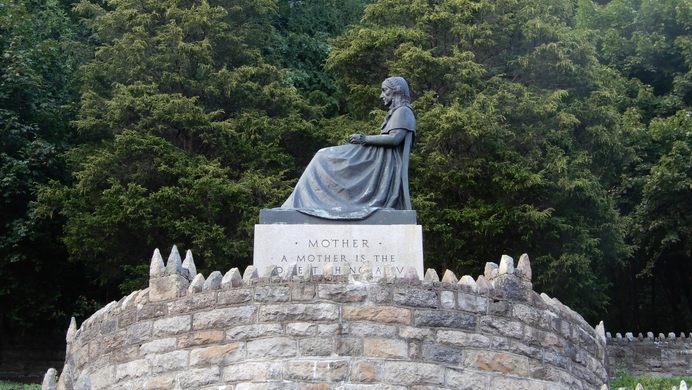







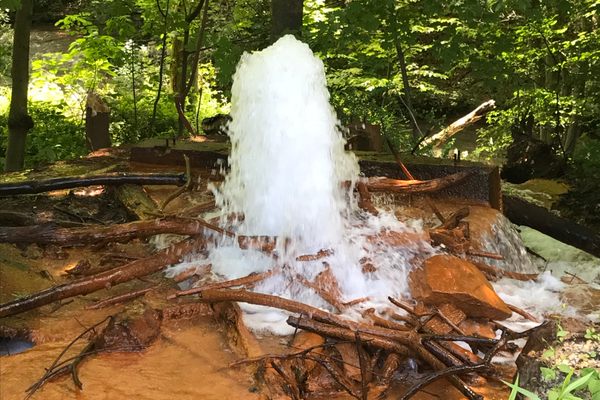


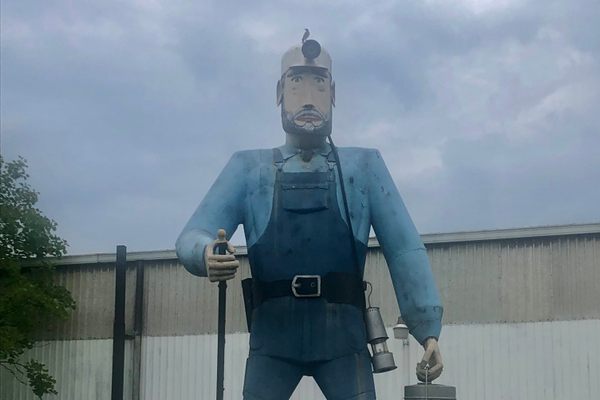
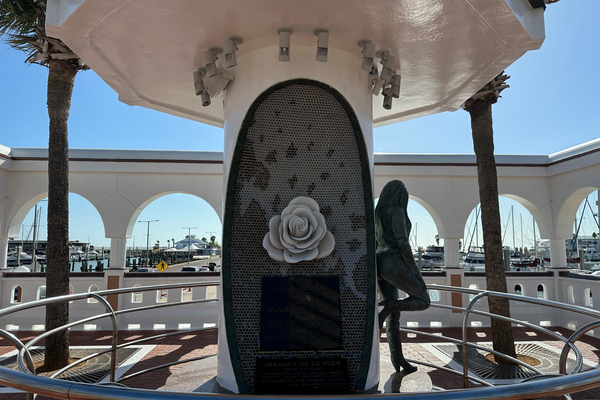

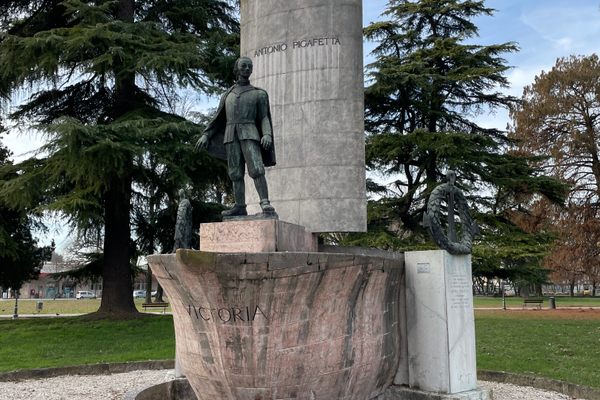

Follow us on Twitter to get the latest on the world's hidden wonders.
Like us on Facebook to get the latest on the world's hidden wonders.
Follow us on Twitter Like us on Facebook